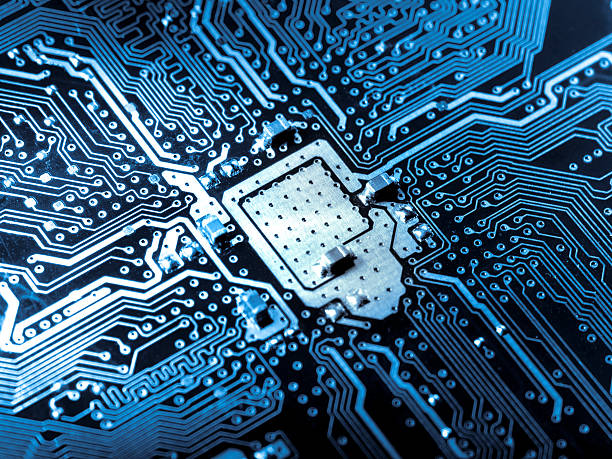Design is also designed to conserve space and preserve memory in the event of power failure.
The transistor, one of the most important inventions of the 20th Century, is getting a new twist. It could feed the world’s growing appetite for digital memory and cut up to 5% from its energy-hungry diet.
After years of innovation by Christian Binek, University of Nebraska-Lincoln, and Jonathan Bird, University at Buffalo’s Keke He physicists, they recently collaborated to create the first magnetoelectric transistor.
The team’s design can reduce the energy consumption of any microelectronics incorporating it. According to Peter Dowben (Nebraska physicist), the design could also lower the number of transistors required to store certain data by up to 75%. This will lead to smaller devices. It could also be used to store microelectronics steel trap memory, which can remember exactly where users left off even when power is cut or lost abruptly.
Dowben said that the implications of the most recent demonstration were profound. He co-authored a paper about the work that appeared on the cover of Advanced Materials .
Every modern integrated circuit or microchip has millions of transistors. These are made from silicon, a semiconducting material that is a favorite of the industry. The tiny transistor regulates the flow of electricity within a microchip and acts as an essential on-off switch. It is vital to write, read, and store data in digital technology.
Dowben stated that silicon-based microchips may be reaching their limits. These limits require the semiconductor industry to investigate and fund every promising alternative.
“The traditional integrated circuit faces serious problems,” stated Dowben, Charles Bessey Professor in Physics and Astronomy at Nebraska. There is a limit on how small it can shrink. The range is 25 to 25 silicon atoms in width. You generate heat with each device in an (integrated circuit), so it’s not possible to carry enough heat to make everything run.
This predicament is looming despite the fact that the demand for digital memory and the energy required to accommodate it have skyrocketed with the widespread adoption and use of computers, servers, and the internet. This demand has been fueled by the microchip-enabled smartening TVs and vehicles as well as other technology.
Dowben stated that “We are getting to the point when we’re going be able to approach the United States’s previous energy consumption just for memory (alone)”. It doesn’t end.
It’s now time to have some fun!
Multiple terminals are typical for silicon-based transistors. The source and drain terminals, also known as the source and drain, are the points at which electrons flow through a circuit. The gate is the terminal above that channel. The voltage applied between the source and gate can determine whether or not the electric current flows with low resistance or high resistance. This will result in either an accumulation or absence of electron charge that is encoded as a 1, or 0. Random-access memory, which is the most popular form of computer software, requires constant power to keep those binary states intact.
Instead of relying on electric charge for its basis, the team decided to use spin. Spin is a magnetism-related property that electrons have that points up and down. It can also be read as an electric charge, which can be read as a 1 or 0. The team discovered that electrons moving through graphene, a very strong material only one atom thick can retain their initial spin orientations over a long distance. This is a great property to demonstrate the potential of spintronic-based transistors. It was much more difficult to control the spin orientation using significantly less power than a standard transistor.
The researchers had to layer graphene with the correct material in order to do this. Binek had spent years studying and optimizing chromium oxide, which he had also worked on for many years. Importantly, chromium dioxide is magneto-electric. This means that the spins of the electrons on its surface can flip from up to downward or vice versa by using a small amount of energy-sipping voltage.
